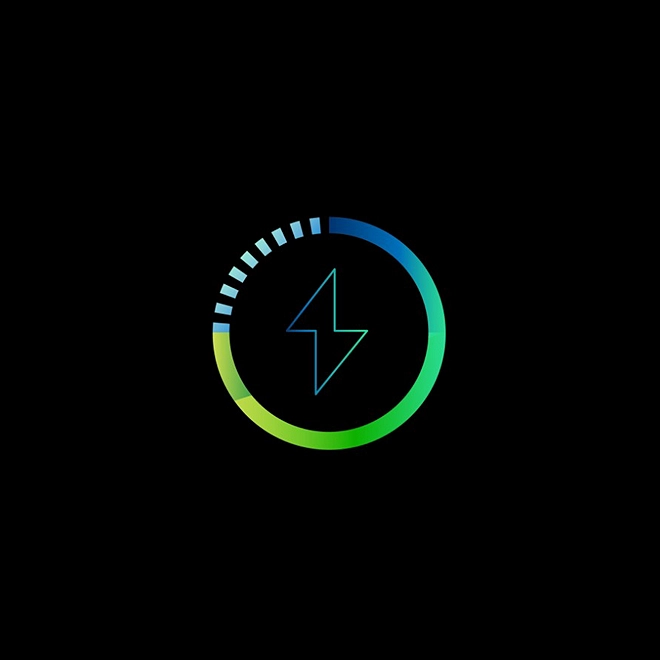Connecting the new energy customer
Connected Future | Future Connected
The customer’s relationship with energy is being reframed.
It’s evolving from a low involvement ‘grudge’ purchase to one where customers are empowered by technology, and where they expect sustainable solutions, transparency and low costs. The challenges for incumbent providers are in recognising this change and being able to respond quickly. Potential new entrants can disrupt the sector and will fundamentally change and contest this incumbency if they do not respond.
To learn more about the new energy customer please download our latest report.
We have tested a range of new energy propositions with customers. Outlined below are the attractiveness scores for 12 such propositions. We invite you to develop your own propositions and simulate how they score against the 12 we have selected.
Proposition score between 1-10, based on customer segment. (Higher scores are more attractive)
Offer 1: Score:4
The current model:Electricity and gas sold through an energy retailer
Offer 2: Score:3.6
Electricity, solar panels and battery provided by the council, paid through council rates, unused energy can be shared with the local community
Offer 3: Score:3.5
All energy services (electricity, gas, solar panels and a battery) from a tech company (e.g. Google, Apple) through a monthly subscription fee. Unused energy can be donated to charity and those in need.
Offer 4: Score:4.2
Approved energy efficient appliances for hot water, cooling and heating bundled with electricity paid through a monthly subscription free, unused energy can be used as credits for the future.
Offer 5: Score:4
All utilities (electricity, gas, water, internet and mobile) from a telecommunications company for a monthly subscription fee, unused energy can be traded for credit towards other utilities. Willing to switch electricity off in peak times
Offer 6: Scope:3.2
Energy purchased through an aggregator (e.g. iSelect), digital only service, the provider evaluates your plan and switches you to the cheapest plan monthly
Offer 7: Scope:3.2
Electricity, solar panels and battery provided by the council, paid through council rates, unused energy can be donated to charity
Offer 8: Scope:2.8
Energy bundled in with the purchase of an electric vehicle, customer service is accessed through an AI enabled smart home assistant that optimises the home, payments are made through the car re-payments
Offer 9: Scope:4.1
Electricity, solar panels and battery bundled through an energy retailer for a subscription fee, any unused energy can be shared with family and friends. Willing to switch electricity off in peak times
Offer 10: Scope:3.1
Electricity purchased from an energy retailer through a subscription fee for unlimited use with digital only service
Offer 11: Scope:3.2
Electricity, solar panels and a battery purchased from a bank and payed for by mortgage payment. Unused energy can be used as credits for the future.
Offer 12: Scope:2.3
Energy (electricity and gas) purchased and bundled through your employer with digital only service bundled in with salary packaging

